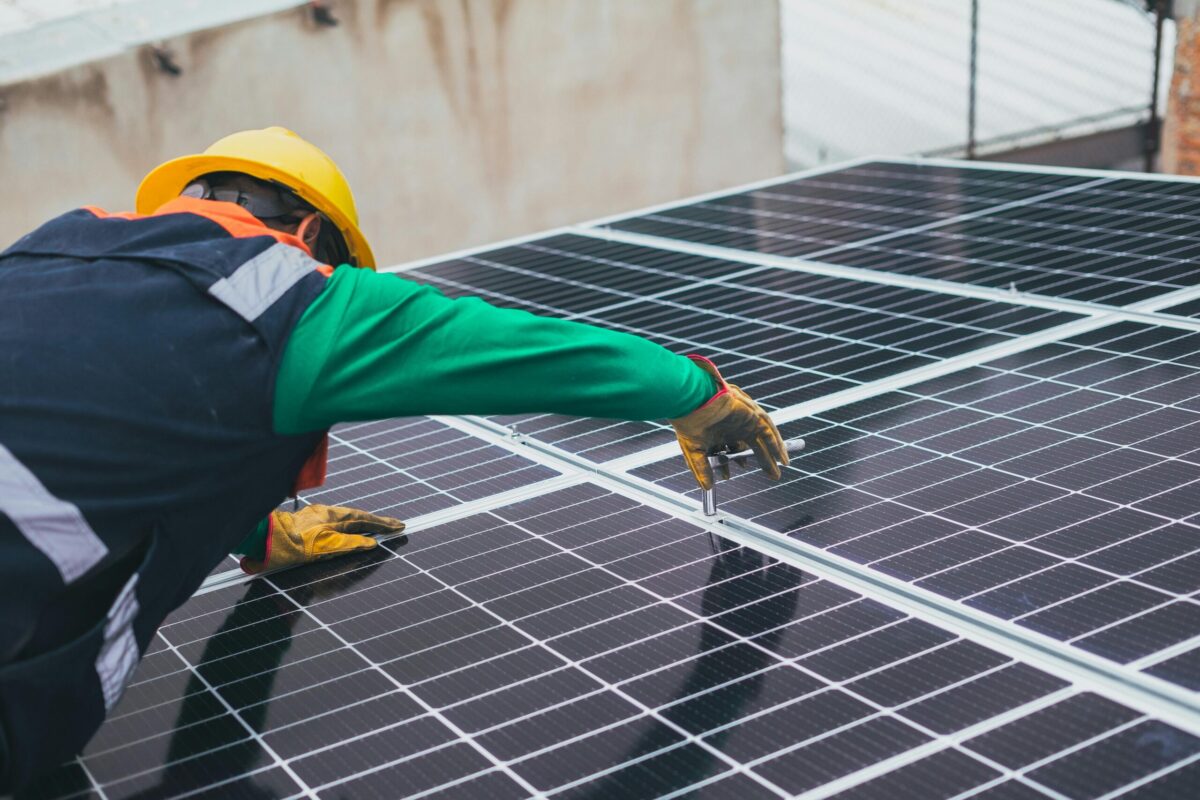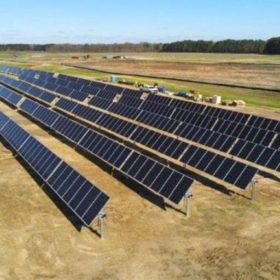While the new head of the U.S. Department of Energy launches a review with the aim to save doomed and economically uncompetitive “baseload” coal and nuclear plants, the agency is continuing to go about its work, including producing data on the newer and more competitive forms of energy that are inevitably replacing those plants.
![]() Earlier this week the U.S. Department of Energy’s Energy Information Administration (EIA) released a report which states that PV plants utilitzing tracking technology already represent more than half of the installed utility-scale capacity in the United States by he end of 2015. According to EIA’s data, 47% of installed utility-scale capacity utilized single-axis tracking and 6% dual-axis, meaning that only 47% was mounted on fixed-tilt structures.
Earlier this week the U.S. Department of Energy’s Energy Information Administration (EIA) released a report which states that PV plants utilitzing tracking technology already represent more than half of the installed utility-scale capacity in the United States by he end of 2015. According to EIA’s data, 47% of installed utility-scale capacity utilized single-axis tracking and 6% dual-axis, meaning that only 47% was mounted on fixed-tilt structures.
Consistent with reports from industry figures, tracking systems were most popular in sunny states in the West. Trackers made up around 2/3 of California’s installed utility-scale capacity and more than half of Arizona’s, but less than half in North Carolina and only a fraction of the systems in New Jersey. EIA estimates that trackers made up only 20% of installed utility-scale solar capacity east of the Mississippi River in 2015, as opposed to 63% west of the Mississippi.
![]() “Because of the cost of solar-tracking units and the differences in weather and solar insolation (exposure to the sun) across the United States, solar-tracking units may not be the most economic choice for producers in some regions,” observes EIA.
“Because of the cost of solar-tracking units and the differences in weather and solar insolation (exposure to the sun) across the United States, solar-tracking units may not be the most economic choice for producers in some regions,” observes EIA.
EIA notes that a substantial quantity of solar was installed in 2016, however reports that it only has more superficial data on these systems. And even though more solar is being installed in Southeastern states such as Georgia, this is unlikely to change the overall trend, as California still remains the largest market and new markets have emerged in western states.
This content is protected by copyright and may not be reused. If you want to cooperate with us and would like to reuse some of our content, please contact: editors@pv-magazine.com.








By submitting this form you agree to pv magazine using your data for the purposes of publishing your comment.
Your personal data will only be disclosed or otherwise transmitted to third parties for the purposes of spam filtering or if this is necessary for technical maintenance of the website. Any other transfer to third parties will not take place unless this is justified on the basis of applicable data protection regulations or if pv magazine is legally obliged to do so.
You may revoke this consent at any time with effect for the future, in which case your personal data will be deleted immediately. Otherwise, your data will be deleted if pv magazine has processed your request or the purpose of data storage is fulfilled.
Further information on data privacy can be found in our Data Protection Policy.